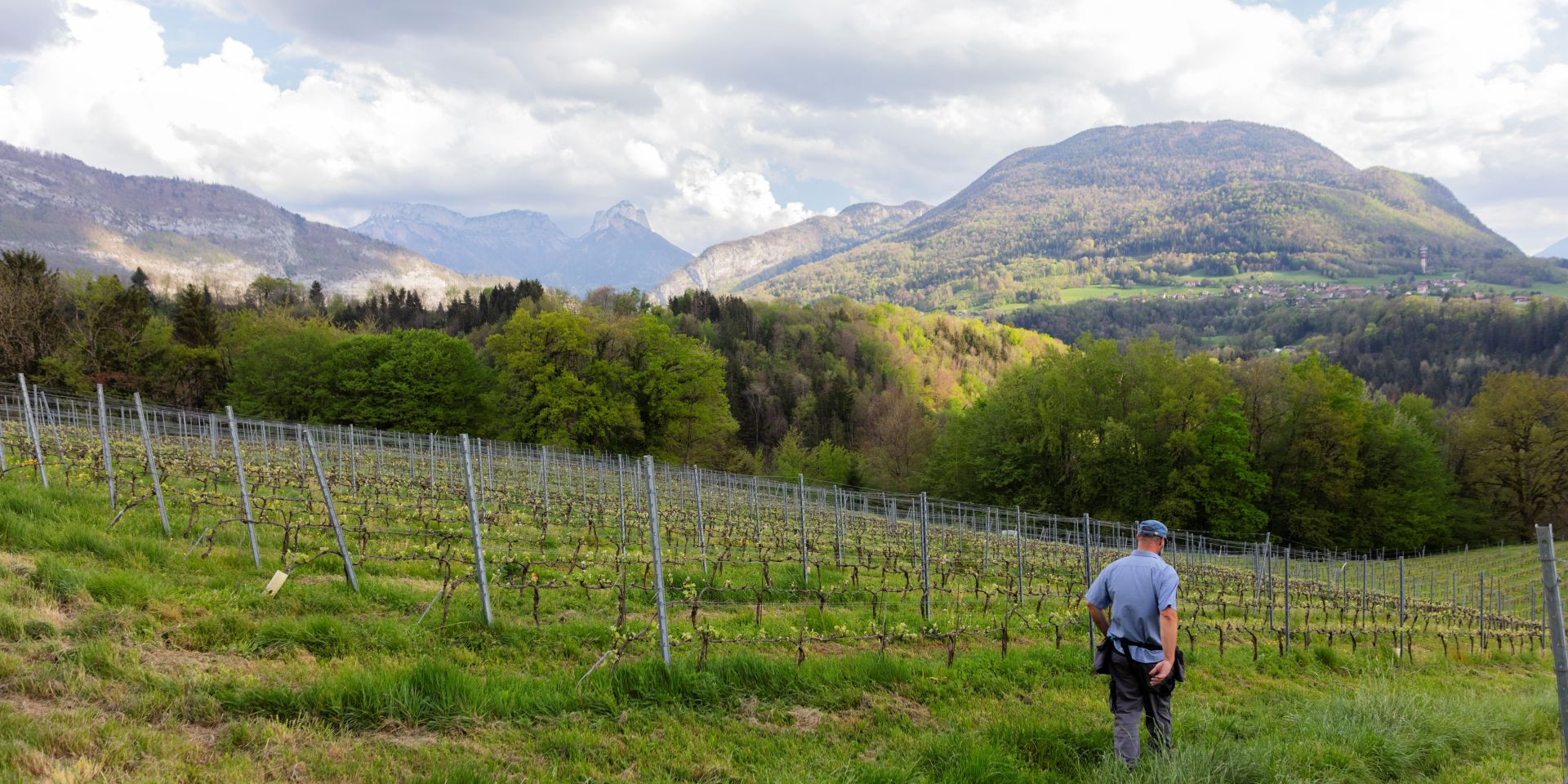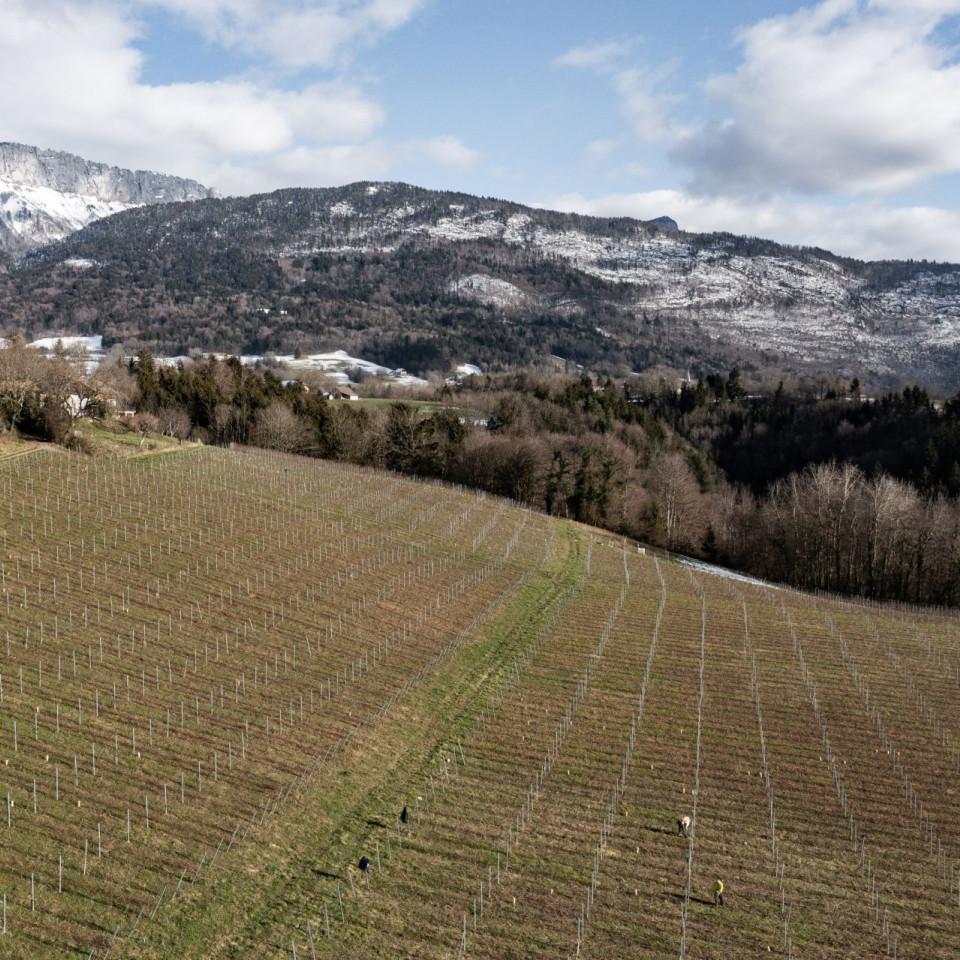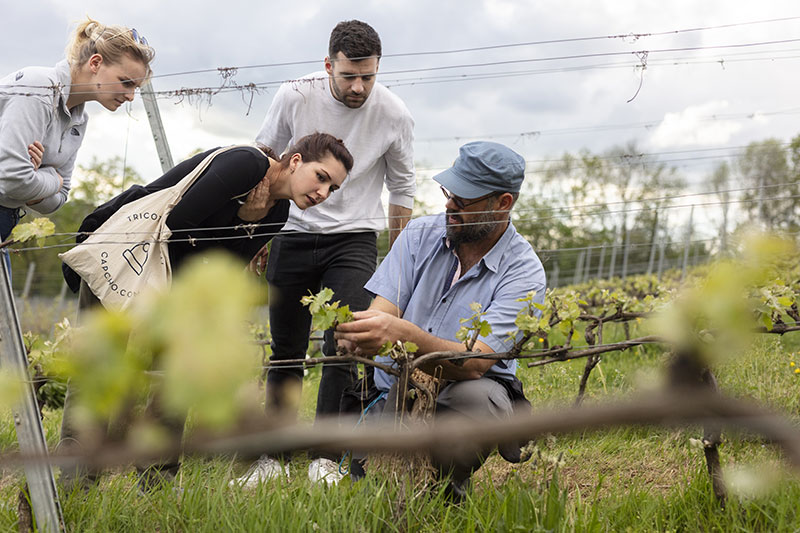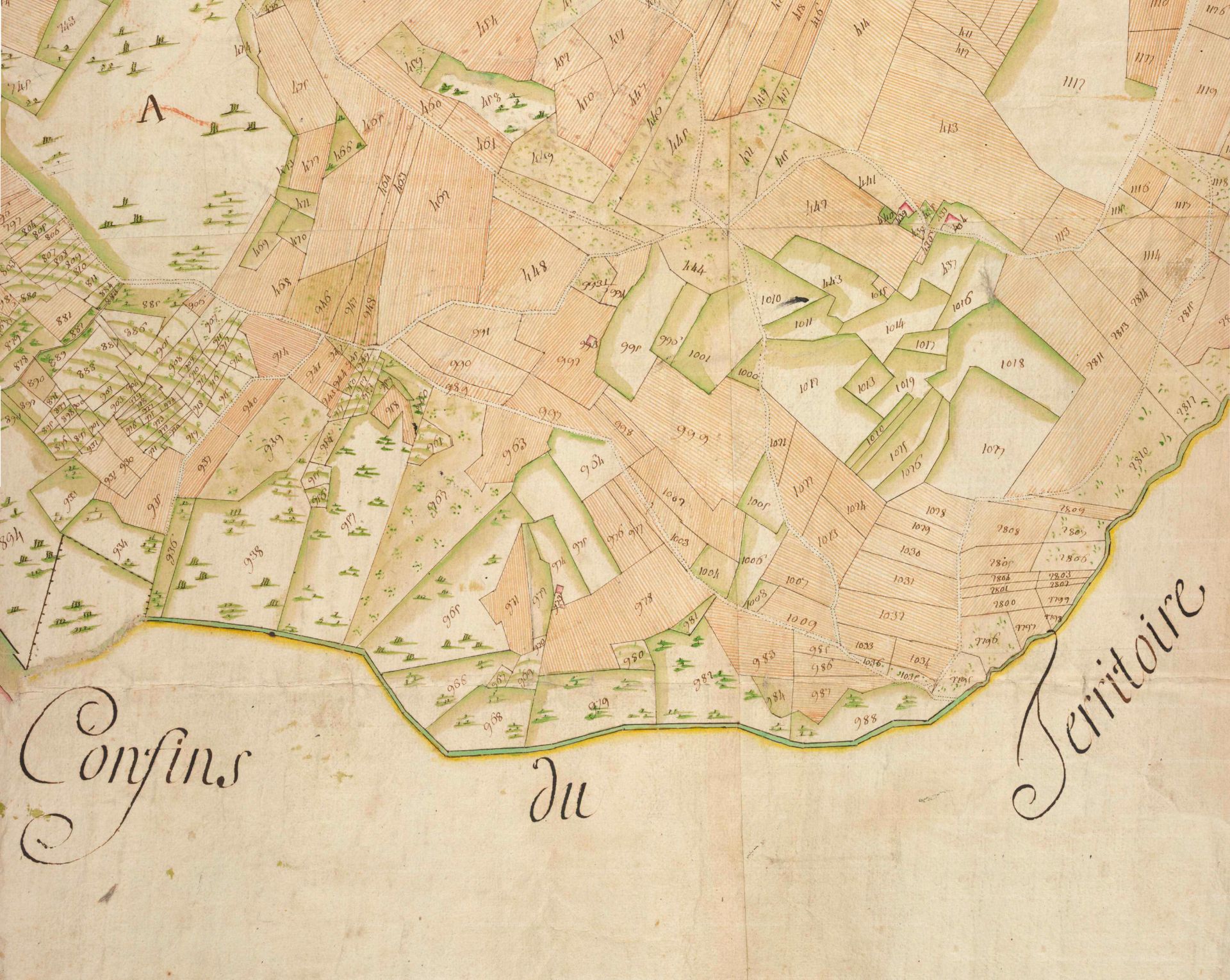A Vineyard in Transition: From Abundance to Rarity

Written Testimony 1756
"In the said parish, there are indeed some vineyards, but with very low yields, very difficult cultivation, and the grapes rarely ripen fully; at least individuals who have them find their properties better for it."
Written Testimony 1888
Monograph of Abbé Morand
"The lower part of the parish also contains several vineyards, which in good years are fairly productive, though they cannot be considered first-class vintages. In the past, these vineyards covered a much larger area."

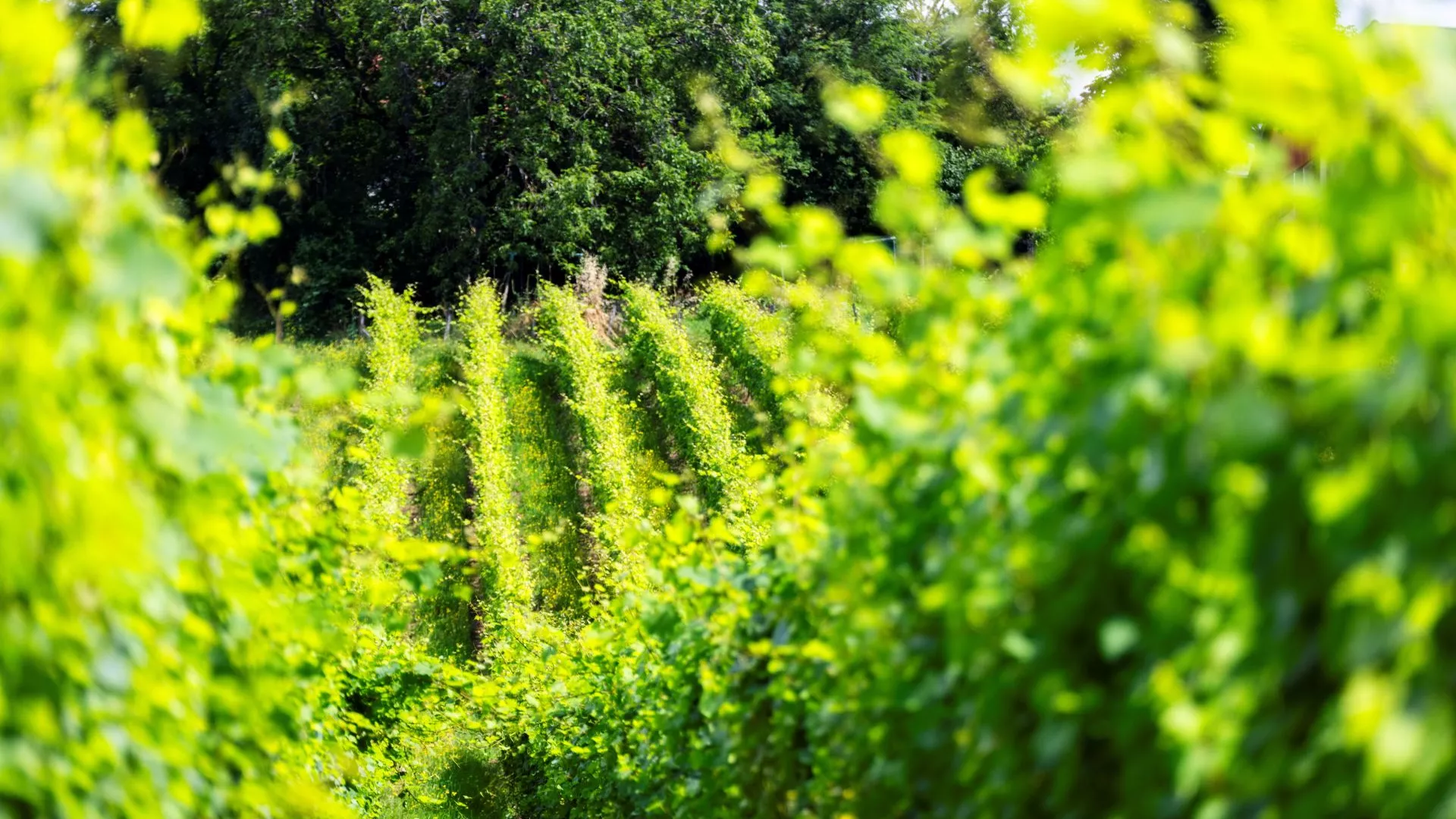
Revival of the Vineyards
The "original" idea to replant vineyards in the area known as "Les Vignes" was born in 2010, with implementation beginning in 2016 after a few years of preparation.
Thank you, Jean Pellarin
Acknowledgements to Jean Pellarin for his research work on the history of Villaz, from which the information in this section has been gathered.
(Reference work: "If Villaz Were Told to Me", published by the Villaz Town Hall - 2015)

